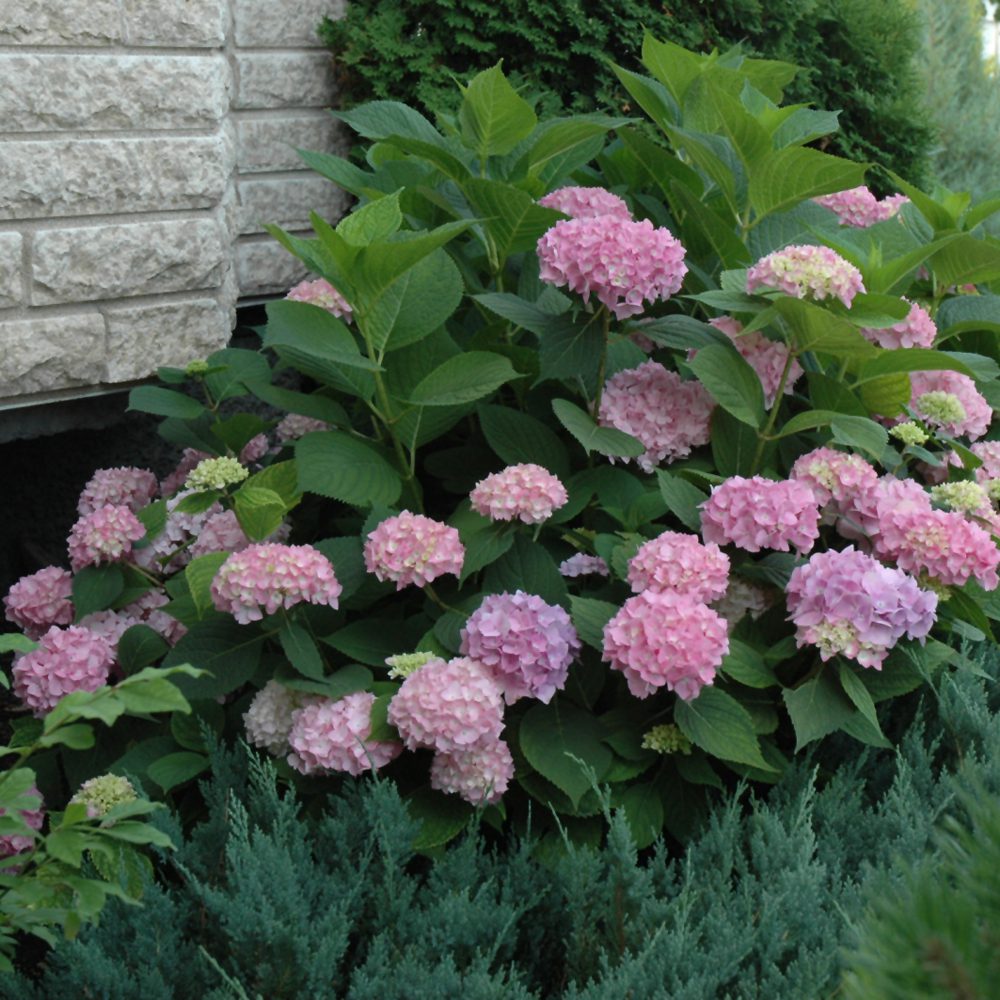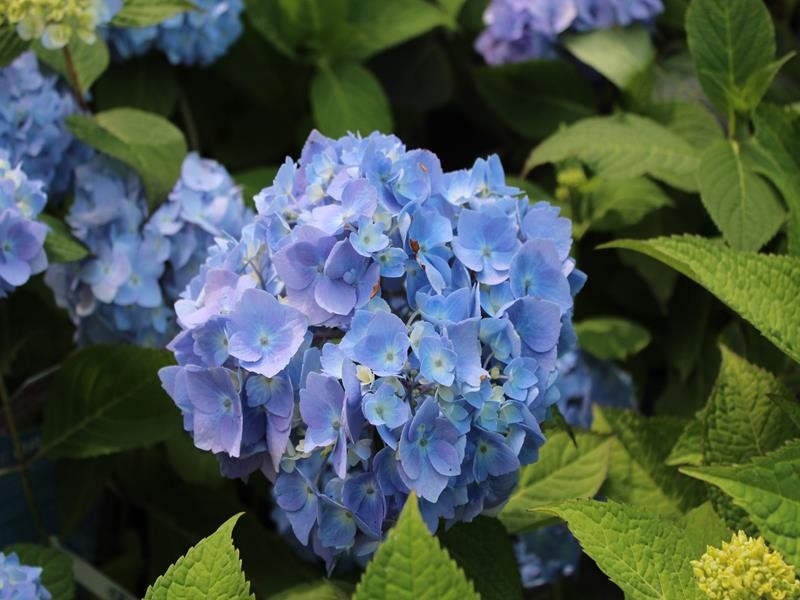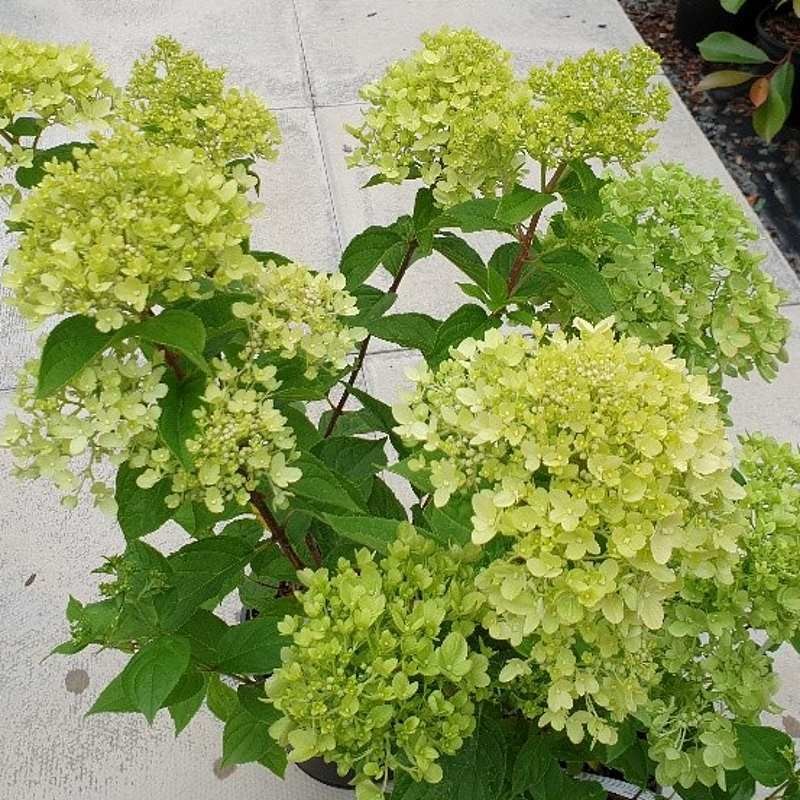Endless Summer Hydrangeas: The Blooms That Keep On Giving
Endless Summer Hydrangeas: The Blooms That Keep on Giving
If you're looking for a hydrangea that will bloom all summer long, then Endless Summer is the perfect choice for you. These shrubs are known for their long blooming season, which can last from early summer to late fall. They're also relatively easy to care for, making them a great choice for even novice gardeners.
In this blog post, we'll take a closer look at Endless Summer hydrangeas. We'll discuss their history, their unique characteristics, and how to care for them. We'll also share some tips on how to get the most out of your Endless Summer hydrangeas.
History of Endless Summer Hydrangeas
Endless Summer hydrangeas were first developed in the 1990s by Bailey Nurseries in Minnesota. The goal was to create a hydrangea that would bloom on new wood as well as old wood. This would allow the hydrangeas to bloom even if they were damaged by winter weather.
The first Endless Summer hydrangea, called "Endless Summer Blue," was released in 1997. It was an immediate success, and soon other Endless Summer varieties were introduced, including Endless Summer Pink, Endless Summer Red, and Endless Summer White.
Unique Characteristics of Endless Summer Hydrangeas
Endless Summer hydrangeas are unique in several ways. First, they bloom on both old and new wood. This means that even if the plant is damaged by winter weather, it can still produce flowers the following spring.
Second, Endless Summer hydrangeas can change color depending on the pH of the soil. In acidic soil, they will bloom blue. In alkaline soil, they will bloom pink. You can also control the color of your Endless Summer hydrangeas by using fertilizer.
Third, Endless Summer hydrangeas are relatively cold-hardy. They can tolerate temperatures down to -20 degrees Fahrenheit. This makes them a good choice for gardeners in colder climates.
How to Care for Endless Summer Hydrangeas
Endless Summer hydrangeas are relatively easy to care for. They need full sun to partial shade and well-drained soil. They should be watered regularly, especially during hot, dry weather.
To encourage flowering, you can fertilize your Endless Summer hydrangeas in the spring with a balanced fertilizer. You can also prune your hydrangeas in the spring to remove dead or damaged wood.
Tips for Getting the Most Out of Your Endless Summer Hydrangeas
Here are a few tips for getting the most out of your Endless Summer hydrangeas:
- Plant your hydrangeas in a location that receives full sun to partial shade.
- Water your hydrangeas regularly, especially during hot, dry weather.
- Fertilize your hydrangeas in the spring with a balanced fertilizer.
- Prune your hydrangeas in the spring to remove dead or damaged wood.
- Change the pH of your soil to control the color of your hydrangeas.
- Enjoy your beautiful Endless Summer hydrangeas all summer long!
FAQ of summer hydrangea
- What is a summer hydrangea?
A summer hydrangea is a type of hydrangea that blooms from early summer to late fall. It is a hardy shrub that can grow in a variety of climates, and it is known for its showy blooms that can be white, pink, blue, or purple.
- How do I care for a summer hydrangea?
Summer hydrangeas need full to partial sun and well-drained soil. They should be watered regularly, especially during the summer months. In the spring, you can fertilize your summer hydrangea with a balanced fertilizer. To encourage blooms, you can prune your summer hydrangea in the early spring.
- How do I change the color of my summer hydrangea's blooms?
The color of a summer hydrangea's blooms is determined by the pH of the soil. In alkaline soil, the blooms will be blue. In acidic soil, the blooms will be pink. To change the color of your summer hydrangea's blooms, you can add aluminum sulfate to the soil if you want blue blooms, or sulfur if you want pink blooms.
- What are some common pests and diseases of summer hydrangeas?
Summer hydrangeas are susceptible to a few pests and diseases, including aphids, scale insects, and powdery mildew. You can control these pests and diseases with insecticidal soap, neem oil, or horticultural oil.
- How can I propagate a summer hydrangea?
Summer hydrangeas can be propagated by taking cuttings in the spring or fall. To take a cutting, choose a healthy stem that is about 6 inches long. Remove the leaves from the bottom half of the cutting, and then dip the cut end in rooting hormone. Plant the cutting in a pot of well-drained potting mix. Keep the soil moist, and place the pot in a warm, shady location. The cutting should root in about 4-6 weeks.
Image of summer hydrangea
5 different images of "summer hydrangea" from Pinterest.com:
- A beautiful white hydrangea bush in full bloom. The flowers are large and round, with a delicate white color.

- A pink hydrangea bush with flowers in various shades of pink. The flowers are arranged in large clusters, and they add a touch of color to the garden.

- A blue hydrangea bush with flowers in a deep blue color. The flowers are arranged in large, cone-shaped clusters, and they stand out against the green leaves of the bush.

- A purple hydrangea bush with flowers in a light purple color. The flowers are arranged in large, loose clusters, and they give the bush a delicate appearance.

- A lime green hydrangea bush with flowers in a bright lime green color. The flowers are arranged in small clusters, and they add a touch of brightness to the garden.

Post a Comment for "Endless Summer Hydrangeas: The Blooms That Keep On Giving"